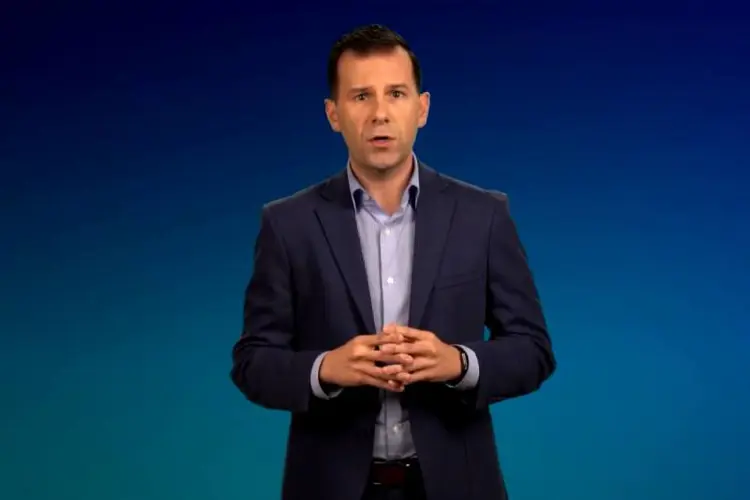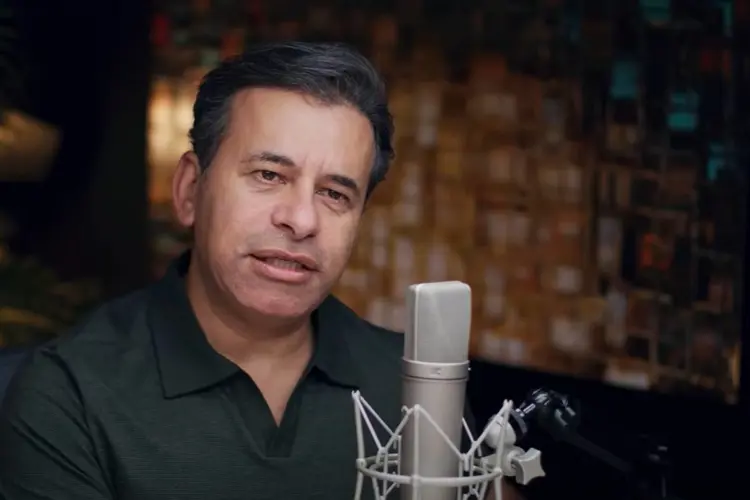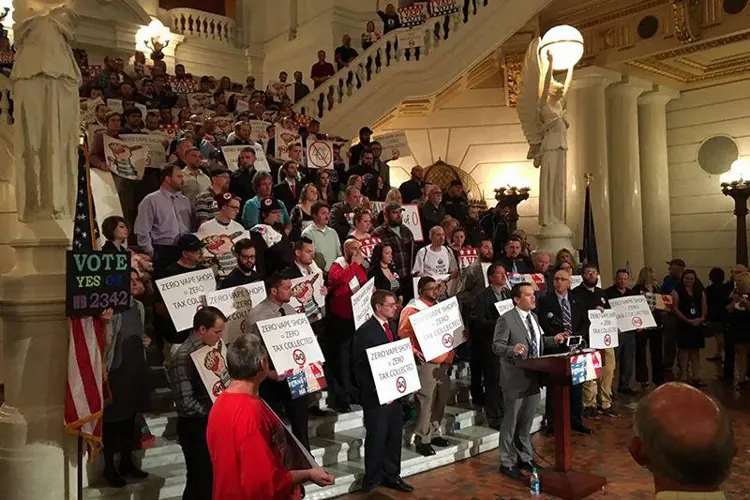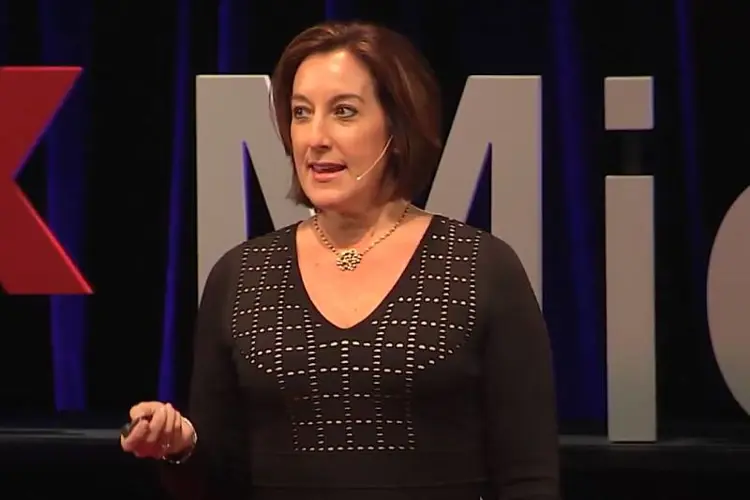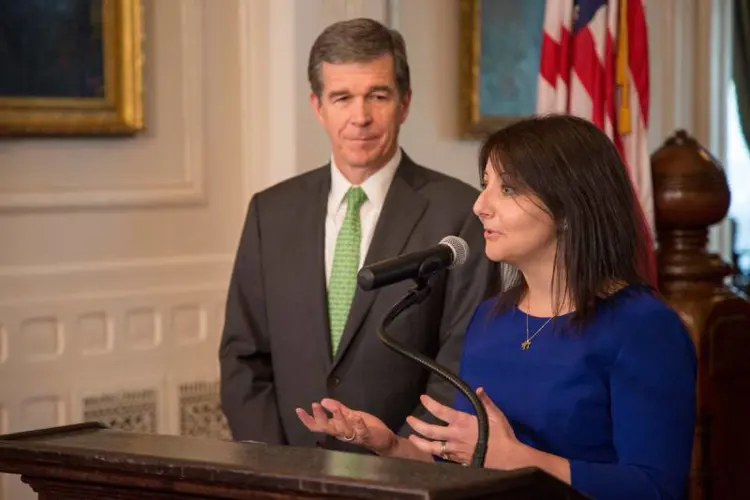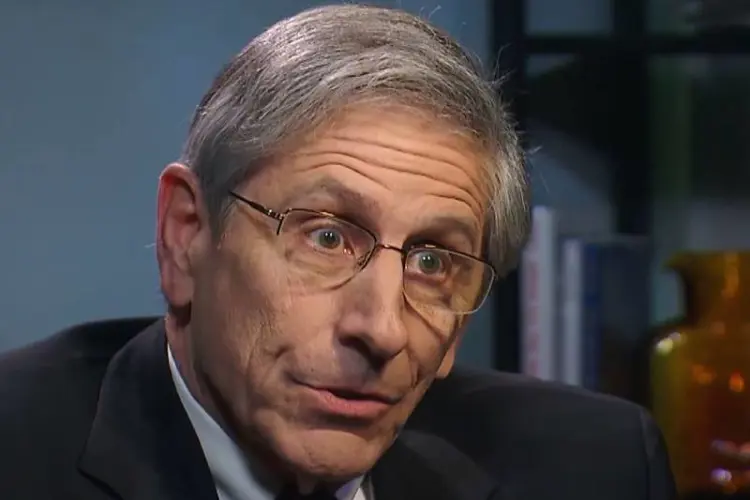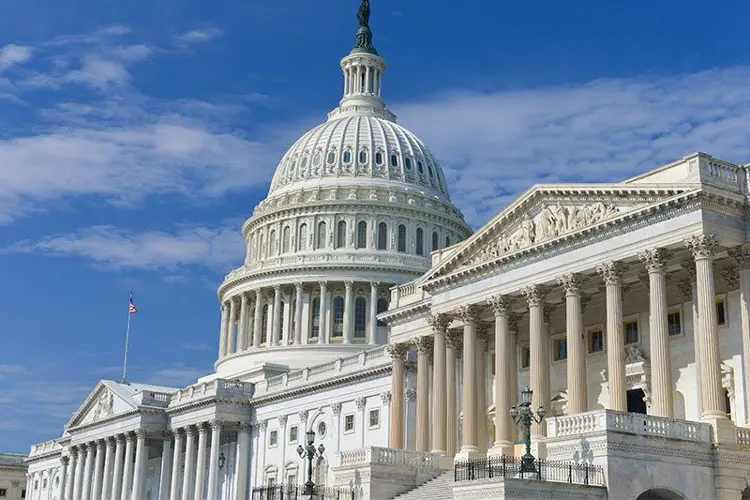After the 2021 National Youth Tobacco Survey showed a massive decline in youth vaping, officials at the government agencies that conduct the annual NYTS went out of their way to explain that the results couldn’t be trusted because half of the students took the survey online from home, rather than in school.
What will the CDC and FDA Center for Tobacco Products (CTP) use as an excuse this year, when overall numbers of school-age vapers barely increased from 2021? High school and middle school vaping in 2022 remained well below even the levels seen in 2020, which themselves represented a 29 percent decline from the 2019 teen vaping peak.
In fact, in 2022 a lower percentage of high school students reported past-30 day vaping than the group of students in 2021 that did take the survey in a school setting (14.1 percent vs 15 percent). (We know this because CDC was kind enough to include a note in last year’s preliminary release explaining that more students surveyed in classrooms reported vaping than those who took the survey at home.)
In 2019, 20 percent of middle- and high school students vaped at least once in the past 30 days. This year the overall number is 9.4 percent, and it has become clear after three years of post-2019 NYTS results that 2019 was the outlier year, and probably represented a fad laid on top of normal levels of nicotine product use.
The preliminary 2022 NYTS findings were published today in the CDC’s Morbidity and Mortality Weekly Report. The survey, which is a joint effort by CDC and the FDA, was administered between Jan. 18 and May 31 this year to American middle school (grades 6–8) and high school (grades 9–12) students. The complete results will be released around the end of the year.
School-age vaping is down 53% since 2019
Have you noticed that “factsheets” about vaping shared with parents in schools and in local newspaper editorials continue to use 2019 NYTS results to illustrate the youth vaping “epidemic,” rather than more recent and reliable results? That happens a lot, and the reason is simple: vaping among middle- and high school students declined in a big way after 2019.
Since 2019, high school vaping has fallen by almost half (from 27.5 to 14.1 percent in 2022) and middle school vaping has dropped by more than two-thirds (from 10.5 to 3.3 percent). The overall decline in past-30 day vaping among 6th to 12th grade students since 2019 is 53 percent (20 to 9.4 percent).
Daily use remains very low. Just 2.59 percent of students in 2022 reported using e-cigarettes on all of the past 30 days, and another 1.39 percent reported vaping on 20 or more days. About 4 percent of students—40.6 percent of those who vape—reported vaping on just 1-5 of the past 30 days. And, of course, 90.6 percent of students didn’t vape at all.
That’s not the story the FDA and CDC choose to tell though. Instead they say they’re “concerned” about the results, and convinced that flavored vaping products are mostly to blame for teen vaping in general.
“Adolescent e-cigarette use in the United States remains at concerning levels, and poses a serious public health risk to our nation’s youth,” CTP Director Brian King said in a press release. “Together with the CDC, protecting our nation’s youth from the dangers of tobacco products—including e-cigarettes—remains among the FDA’s highest priorities, and we are committed to combatting this issue with the breadth of our regulatory authorities.”
The FDA hasn’t authorized a single vaping product in a flavor other than tobacco—not even menthol. That has led to a large gray market of unauthorized products (mostly disposables) that has thrived under the FDA's "shadow prohibition" of flavors.
“The CDC is concealing important aspects of the latest data on youth vaping, most significantly that high school usage is still down 50 percent from its peak in 2019,” said Amanda Wheeler, president of the American Vapor Manufacturers, in response to King and the CDC. “We will never solve the problem until the CDC starts being honest about the data.”
Flavors and devices: fruity disposables stay in the lead
About 85 percent of school-age vapers say they used a flavor other than tobacco in the past 30 days, which should surprise no one. Flavors are preferred by vapers of all ages, and flavored products occupy nearly all the e-cigarette shelf space in stores that sell vapes.
Underage vapers aren’t choosy; they’re likely to use whatever is available to them, since they’re at least three years away from buying vaping products legally. That is illustrated by the fact that 5.7 percent of NYTS participants didn’t know if they had used a flavor other than tobacco.
“This study shows that our nation’s youth continue to be enticed and hooked by an expanding variety of e-cigarette brands delivering flavored nicotine,” said Deirdre Lawrence Kittner, director of the CDC Office on Smoking and Health.
But even in 2019, most teenage vapers said flavors weren’t especially important to them. Just 22.3 percent of NYTS participants during the biggest year ever for teen vaping chose flavors as a reason for vaping (and they could choose multiple reasons). The biggest reason (56.1 percent) was curiosity.
Perhaps kids use flavors because tobacco-flavored disposable vapes are barely available at all, and disposables have practically taken over the market—for teenagers anyway.
Brands “not listed” among the choices CDC offered survey participants finished at 32.2 percent---just ahead of “not sure/don’t know” at 28.3 percent.
A whopping 55.3 percent of surveyed kids used disposables—more than twice as many as used pod-based vapes (25.2 percent). And almost twice as many (12.8 percent) didn’t know what they had vaped on than used mods and tanks (6.7 percent). The preference for disposables has doubled since the 2020 NYTS (26.5 percent).
But 99.9 percent of the FDA’s marketing denial orders (MDOs) and enforcement actions have targeted products used in mods and tanks, rather than the ubiquitous disposables that now rule the convenience store segment of the vape products market.
Among brands, Puff Bar led the way again, with 29.7 claiming to have used it in the past 30 days. (I say “claimed” because the brand also serves for some as a generic name for stick-shaped disposables.) Vuse, Juul and SMOK round out the top four, but among “usual brands” for those who specified they used just one or two brands, not enough high schoolers named Juul for it to register in the survey.
Brands “not listed” among the choices CDC offered survey participants finished at 32.2 percent—just ahead of “not sure/don’t know” at 28.3 percent.
How long can tobacco control activists and our federal health agencies maintain the claim that e-cigarettes are “addicting a new generation” when large numbers of users don’t know the brand or type of product they’ve used, and aren’t even sure if it contained a non-tobacco flavor?
No preliminary survey results for smoking — again
For the third year in a row, CDC has decided not to include preliminary survey results on smoking in its early report, which probably means smoking did not substantially increase. (If it had, they would have mentioned it and somehow blamed it on vaping.)
Last year, we found out—five months after preliminary results had been released—that school-age smoking had (again) dropped to its lowest level ever, with just 1.5 percent of middle- and high school students using cigarettes in the past 30 days. Last year, about one in 250 high school students reported daily or almost-daily smoking.
Cigarette smoking among school-age kids is almost extinct. But CDC and FDA officials carefully avoid giving vaping any credit for it.
The Freemax REXA PRO and REXA SMART are highly advanced pod vapes, offering seemingly endless features, beautiful touchscreens, and new DUOMAX pods.
The OXVA XLIM Pro 2 DNA is powered by a custom-made Evolv DNA chipset, offering a Replay function and dry hit protection. Read our review to find out more.
The SKE Bar is a 2 mL replaceable pod vape with a 500 mAh battery, a 1.2-ohm mesh coil, and 35 flavors to choose from in 2% nicotine.
Because of declining cigarette sales, state governments in the U.S. and countries around the world are looking to vapor products as a new source of tax revenue.
The legal age to buy e-cigarettes and other vaping products varies around the world. The United States recently changed the legal minimum sales age to 21.
A list of vaping product flavor bans and online sales bans in the United States, and sales and possession bans in other countries.








